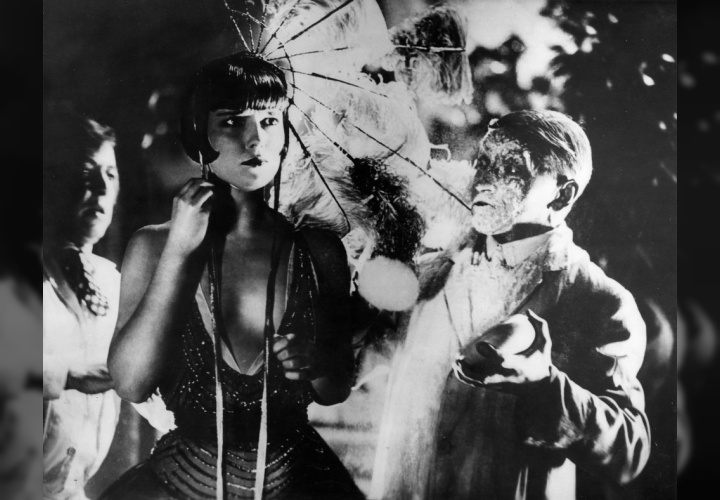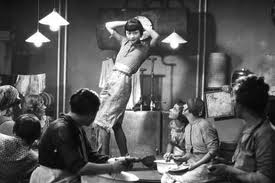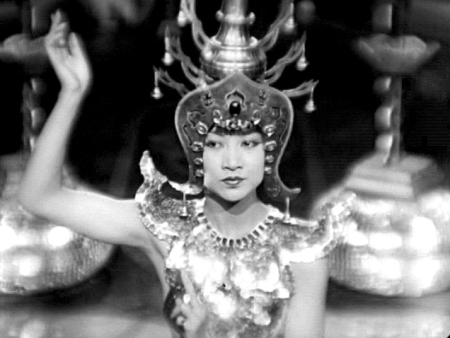Seeing this classic silent film has whetted my appetite for more
A few weeks ago, on a whim, I booked tickets for the silent movie Piccadilly, directed by EA Dupont and released in 1929, which was screened at Wilton’s. I’m not really familiar with silent films, and was not hitherto a fan of the genre, but I thought I’d give this one a go. I had not previously heard of it, but I understood from the publicity material that it was one of the great classic British silent movies, and it sounded interesting. I was also keen to re-visit Wilton’s, after its recent refurbishment.
As for the film, it's set in London in the 1920s, in a swanky night club. The story centres around Shosho (played by the American actress Anna May Wong), a Chinese dishwasher working in the club who becomes the establishment’s top dancer and main attraction. "I danced once before in Limehouse but there was trouble, men, knives..." she says. There is jealousy, sex and intrigue, and things take a dramatic turn when Shosho is murdered. It’s been described as the first film noir, before the term was coined.
I hadn’t seen many silent films before, and hadn’t seen one for a long time, so I wasn’t really sure what to expect, but I must confess that Piccadilly was more sophisticated than I had expected. It was beautifully filmed, and the action was fast-paced, with never a dull moment. I didn’t figure out until the very end who the murderer was.
I had assumed that without a spoken soundtrack, there would be something missing from the experience, and in this I was totally wrong. The live musical accompaniment composed by the musicians themselves, pianist (Andrew Oliver) and percussionist (Nicholas Ball) was truly outstanding. They played continuously through the entire film (with an interval half way through), and the music was totally and seamlessly integrated with the screenplay, complementing and reinforcing the visual element of the performance, and making the experience in some ways akin to opera (without the singing).
I enjoyed the depiction of the glamorous 1920s London nightlife, and the contrast with Limehouse in the East End, where Chinatown was located in those days. The Chinese were depicted as East Enders who happened to be Chinese, rather than some sort of exotic species.
I don't know how or why Shosho chose a sort of bikini with a Siamese or Cambodian head-dress as a “Chinese” costume, but it was amusing, and seemed believable in the context of the times when the film was made.
The experience has left me with a new appreciation of and interest in silent films. I’d like to see a few more if the opportunity presents itself. I really didn’t appreciate prior to this the importance of the accompanying music. I’m certainly going to keep an eye out for future productions by Lucky Dog Picturehouse, the team who presented this version of Piccadilly.
Below is a trailer for the movie from the British Film Institute, but with a different soundtrack, and different music. It's worth watching if you are not familiar with the film, but it doesn't really convey the experience of the version I saw at Wilton's. The movie is available to rent from the BFI for viewing online (I haven't watched it myself).






2 comments:
I was at Wilton's to see Piccadilly that evening and agree. The movie, setting and live performance worked together to bring about a unique experience. The movie was very enjoyable and the twists were a surprise for 1929.
I saw Cara Bow in IT at The Phoenix Cinema which is another venue I would recommend as they often show old/silent movies. I've also seen a few Buster Keaton movies at the South Bank. All have exceeded expectations and I want o see more.
I'll be following Lucky Dog to see what they do next.
Great night!
Glenn johns
Post a Comment